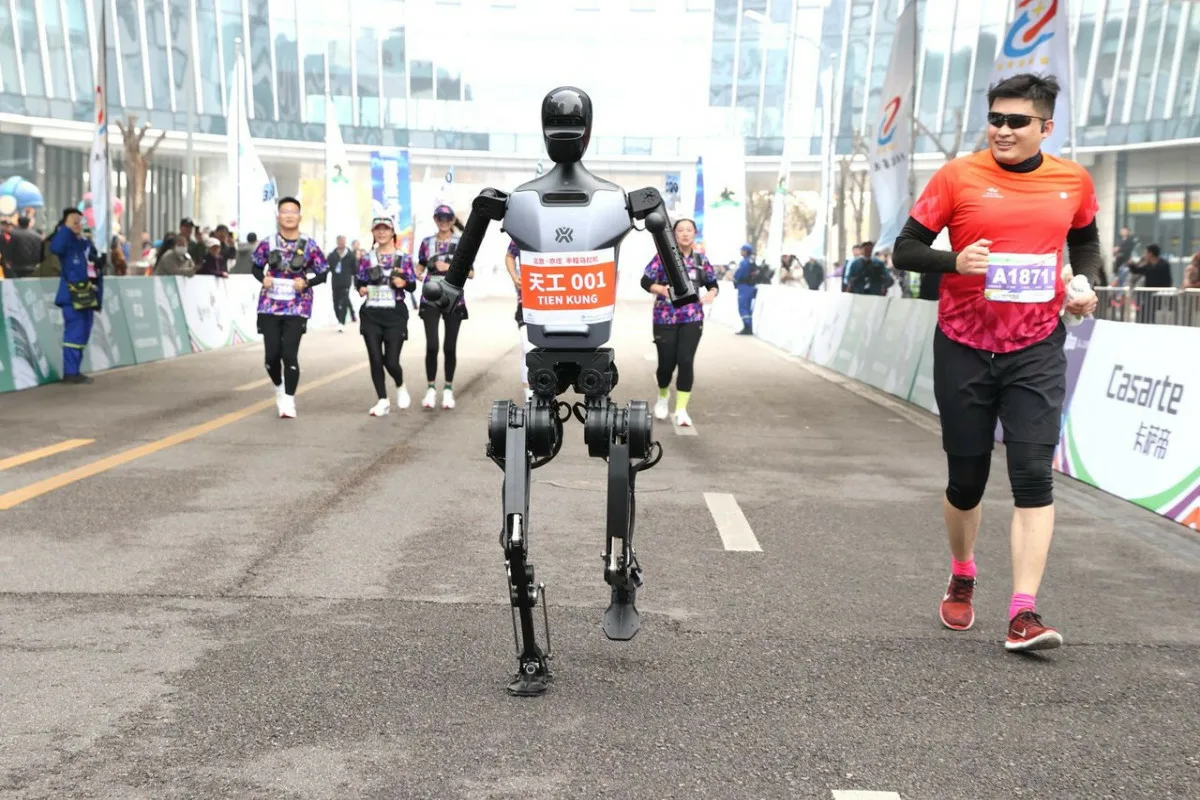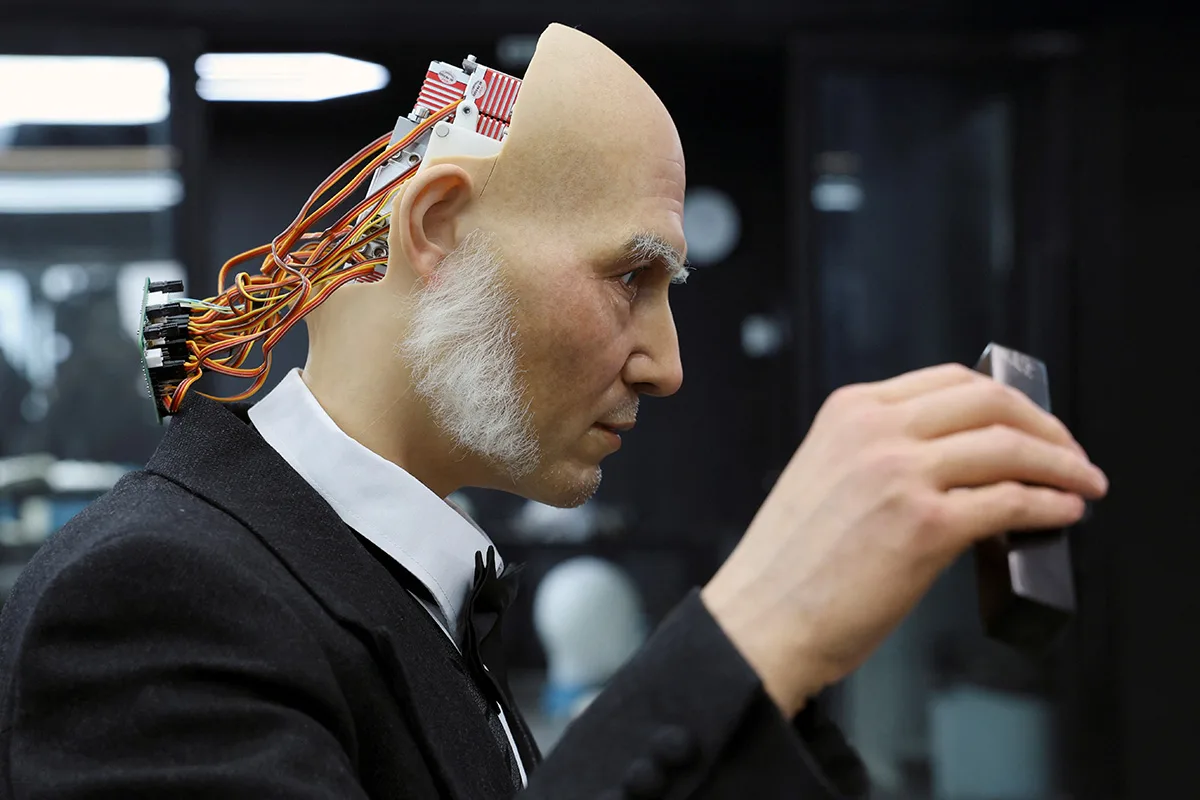Chinese robotics no longer boasts only agile robots, but now seeks human gestures. AheadForm presents a head that looks, blinks and responds as if it understands
When we think of a convincing humanoid, we imagine it looking us in the eye, blinking and accompanying its words with gestures that provide context. Robotics is advancing at a rapid pace and there are machines that can perform acrobatics with ease, but they still convey more mechanics than humanity. What is missing for interaction to flow is the gesture that completes the message. In recent months, announcements and tests in China have begun to explore precisely that layer.
From muscle to face.
For a long time, the bar was set on getting a robot to move autonomously and pass endurance tests. That chapter is beginning to be resolved with increasingly robust models on the mechanical front. What is now being considered is another challenge: reproducing the non-verbal communication that we humans take for granted. From a gesture of approval to a reaction of surprise, these are signals that open the door to real dialogue between humans and machines.
A head that gestures.
The Chinese company AheadForm has unveiled a prototype that embodies this transition. In a video posted on YouTube, a robotic head blinks, nods and follows its surroundings with its gaze in a surprisingly convincing manner. The company, founded in 2024, explains on its website that its goal is to achieve more natural interactions between people and machines. To this end, it seeks to integrate advanced language models with realistic facial expressions that allow for real-time responses.
Under the “skin”:
To make the prototype appear lifelike, brushless motors have been used, small silent devices capable of coordinating precise movements. The model, named Origin M1, integrates up to 25 of these actuators that control different expressions. Cameras are hidden in its pupils, allowing it to record what is happening around it, while microphones and speakers facilitate real-time interaction. The combination of these elements explains the subtle movements and responsiveness.
The company assures that the usefulness of these developments will go beyond simple technical demonstration. It envisages scenarios such as customer service, teaching or healthcare, where trust is also built through gestures and expressions. The idea is that a robot that smiles or nods inspires more closeness than one with a neutral face. For now, these are stated intentions: the models are not commercially available.
Academic backing.
Behind the video there is also peer-reviewed research. In Science Robotics, in 2024, Yuhang Hu and several collaborators presented a robot capable of predicting and reproducing human expressions as they occurred. The study provided evidence that real-time facial recognition and synchronised mechanical response are possible. It does not confirm that the current prototype is the same system as in the study, but it is consistent with the direction the company describes.

An effort that goes further.
China’s desire to put humanoid robotics at the forefront is a reality. It is not just about heads capable of gesturing, but also public exhibitions where complete bodies are put to the test. At the CMG World Robot Contest Series held in Hangzhou, for example, four Unitree G1s starred in kickboxing matches broadcast on TV. These humanoids displayed coordination and agility in a staging that reinforced the narrative of a country determined to lead the sector.
The most recent event on this agenda was the Beijing Half Marathon, in which 21 robots ran a circuit parallel to that of the human runners. The organisers highlighted the uniqueness of the event, but its implementation revealed limitations: constant technical assistance, battery replacement and route separation.





